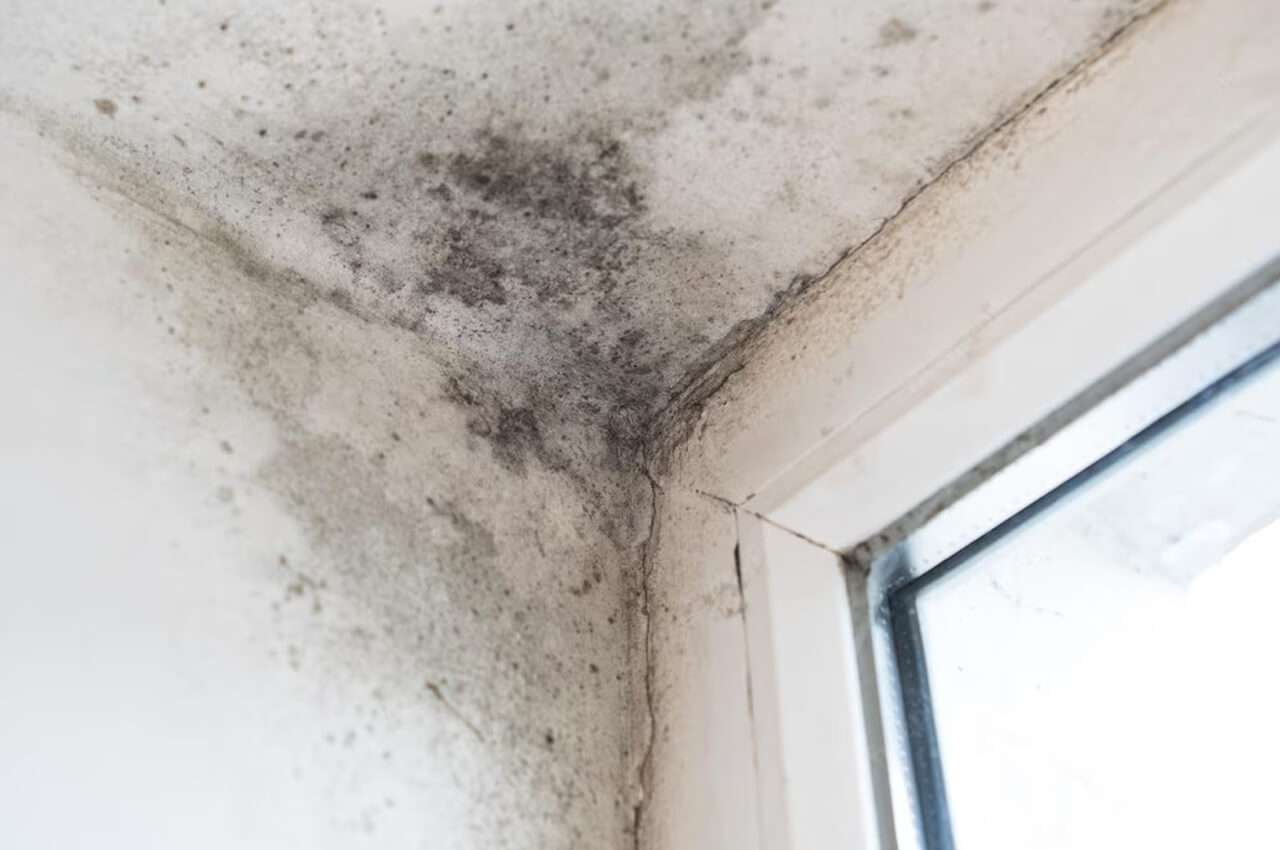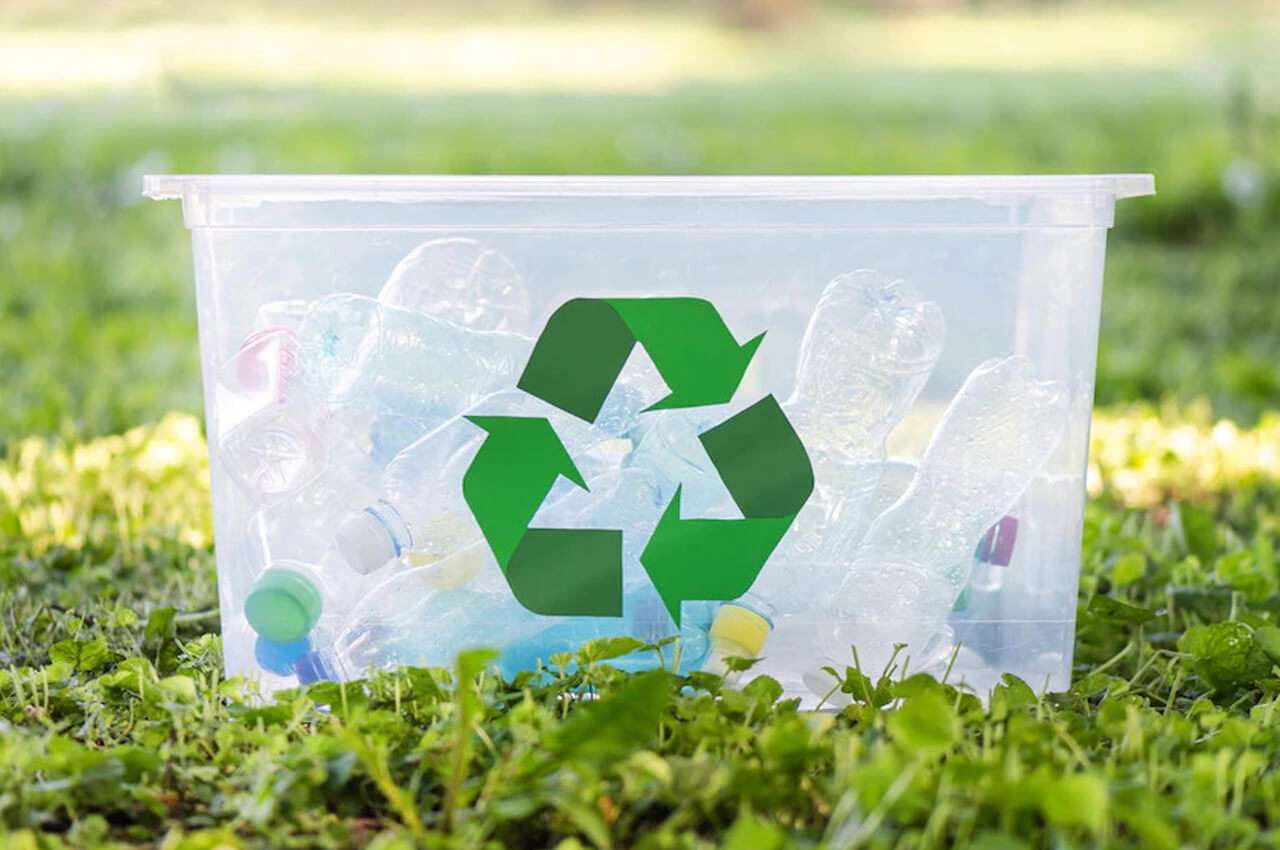Mould is pretty common, especially in residential buildings. It can grow in places containing plenty of moisture; for instance, around plumbing leaks in pipes, windows, roofs, and flooding areas. Mould can even grow pretty well on cardboard, paper products, ceiling tiles, wood products, etc. Moreover, you can also find this both outdoors and indoors.
Different types of mould
Nobody exactly knows the number of mould types available out there. According to experts, there may be above 300,000 different types of mould. Some of these mould types are more likely to appear in your house than others. However, here we will learn about some of the most common mould types you must know.
So, here we go:
Acremonium
Acremonium is a toxigenic mould type that commonly appears in home systems. Exposure to this mould type is dangerous. It can cause immune system problems.
Aureobasidium
It is normally a brown, black, or pink colored mould that turns into darker brown over time. It is typically located on wooden, painted surfaces or behind wallpapers. Its exposure can cause skin, nail, and eye infections.
Penicillium
This mould type usually has a green or blue appearance and appears on water-damaged materials.
Cladosporium
Here is another type of mould that usually appears in olive green and brown color with a suede-like texture. Cladosporium is frequently found in wood floors, upholsteries, cabinets, and carpets. This mould type causes breathing and upholstery issues.
Trichoderma
This mould type is commonly found in damp soils. There exist about 89 recognized mould species of this type. It can grow anywhere where sufficient moisture and organic matter are present.
Aspergillus
Another mold type grows on powdery food items, dust, and building materials.
Chaetomium
Chaetomium is a type of mould that contains a cotton-like texture. This type of mould starts in white color and gets darkened over time. Chaetomium occurs in buildings that are highly water damaged. The areas of Chaetomium growth usually include a basement, roof, drywall, and pipes. The risks of this mould type include nail and skin infections.
Above all, mould can take different textures and forms. It can be white, black, blue, green, yellow, etc. Often mould also looks like stain or discoloration on a surface. Mould can also have a fuzzy, rough, or velvety appearance. The appearance is usually based on where mould is growing and the type of mould you have in your house.
Risks of mould
Mould produces allergens (that can trigger allergic reactions), toxin substances, and irritants.
Mould growth in your house (both indoors and outdoors) can trigger sneezing, nasal congestion, wheezing, cough, and other respiratory infections. Moreover, different types of mould can also worsen your allergic reactions and asthma.
Older people, infants, children, and people who already experience chronic lung disease are at a higher risk of developing health risks from mould. Above all, people with asthma and allergies are also more sensitive to mold health risks.
For such people, touching or inhaling mould spores can trigger an allergic reaction, including red eyes, runny nose, skin rash, and sneezing.
People suffering from serious mould-related health problems can also have more severe reactions. It can include breath shortness. In people with allergies, breathing with mould spores can cause asthma attacks.
Exposure to a larger amount of mould spores can also cause fatigue and headache. Repeated mould exposure can increase the sensitivity of a person and can worsen these issues indoors. It is because mould spores can also affect your indoor air quality. Moreover, certain types of mould, such as Stachybotrys and Aspergillus, can also create toxins under specific conditions. Exposure to these toxins can even cause severe illness.
How do we treat it, and what is our approach?
Excessive moisture and dampness can cause mould to grow anywhere in your house. Additionally, having mould in your house also means potential health risks. Therefore, it is imperative to quickly treat this problem with the help of professionals at Macdaddy&Co.
With our expert approach, mould growth doesn’t need to be an ongoing issue. Our professional mould removal and the cleaning process can limit the disruption to you and your loved ones. We provide quick and natural mould treatments that will allow you to return to your property the same day.
- We will install air purification units to completely remove airborne contaminants.
- Our experts also provide mould staining removal services for your home’s structural elements.
- We can also treat contents such as furniture and clothing items.
- Our professional cleaners will also provide you with the complete mould removal report showing results.
Mould growth is one of the biggest dangers to any building and its inhabitants’ health. Any dampness in your property can grant an ideal condition for mould to thrive.
We have been working with the Macdaddy team of trained and expert professionals. They are trained in the latest systems and procedures to ensure the best outcomes.






